Seventh Street
Downtown Los Angeles, CA
Although Los Angeles is polycentric and does not have a downtown in the sense of a unary economic center that is the focus of the metropolis (such as The Loop in Chicago), the downtown is still a vibrant area with a rich architectural heritage. Indeed, if someone were walking down Seventh Street in the mid 1920s, the effect might not be that different from walking down Broadway in New York at the same time. It was after the 1930s Depression and the explosion of post-WW-II suburbanization that the destinies of these two cities so radically diverged.
Seventh Street emerged as a commercial corridor in the first two decades of the 20th century. Accordingly, the dominant architectural style was Beaux Arts, with later Art Deco facades resulting from renovations of existing Beaux Arts structures in the 1930s.
The post-WW-II decline of Seventh Street was exacerbated by the urban renewal of Bunker Hill that created a new, modernist commercial center to the north. Ironically, this may have served to help protect Seventh Street since the buildings were simply deserted rather than demolished to make way for new construction. I visited in 2013 when many of the lovely old office buildings had been converted into dorms for rich folks.
These photos roughly follow the self-guided tour from the Los Angeles Conservancy, Strolling on Seventh Street and proceed from west to east.
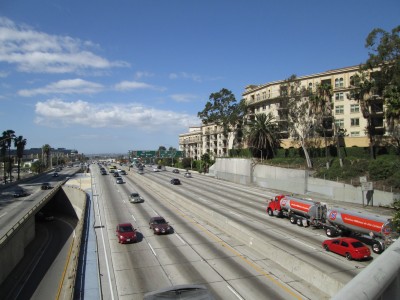
Harbor Freeway (110)
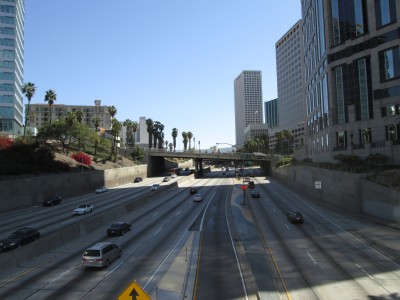
Harbor Freeway (110)
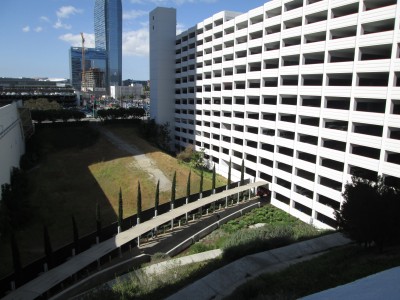
Ernst and Young Plaza (725 South Figueroa)
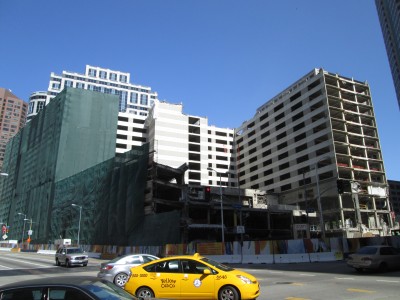
Wilshire Grand / Statler Hotel, 930 Wilshire Blvd. (1952
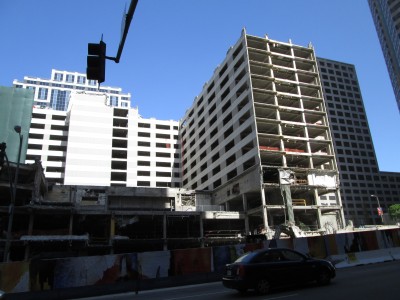
Wilshire Grand / Statler Hotel, 930 Wilshire Blvd. (1952
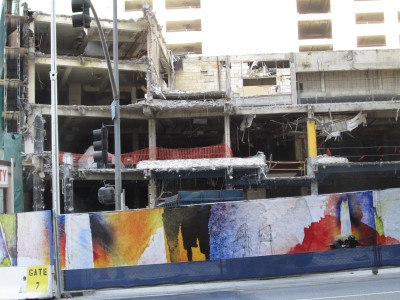
Wilshire Grand / Statler Hotel, 930 Wilshire Blvd. (1952

Wilshire Grand / Statler Hotel, 930 Wilshire Blvd. (1952
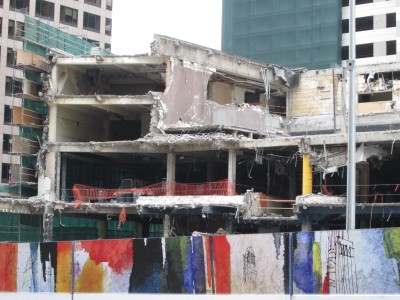
Wilshire Grand / Statler Hotel, 930 Wilshire Blvd. (1952
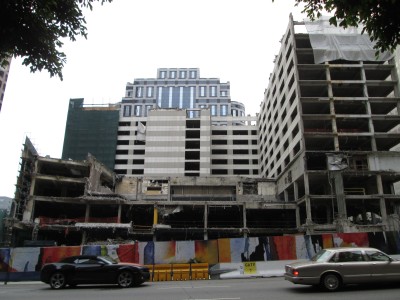
Wilshire Grand / Statler Hotel, 930 Wilshire Blvd. (1952

Home Savings of America Tower, 831 West Seventh (1989)
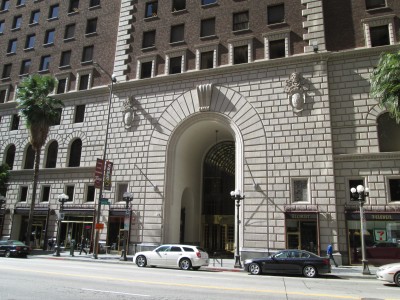
Barker Brothers Building, 818 West Seventh (1926)
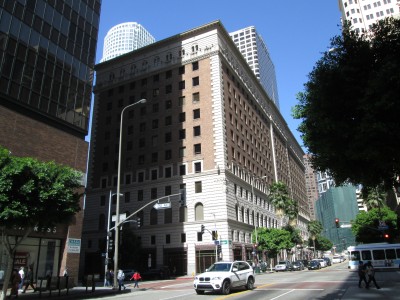
Barker Brothers Building, 818 West Seventh (1926)
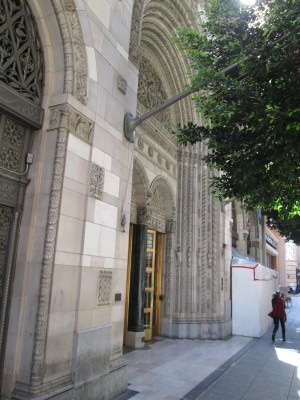
Fine Arts Building, 811 West Seventh (1926)
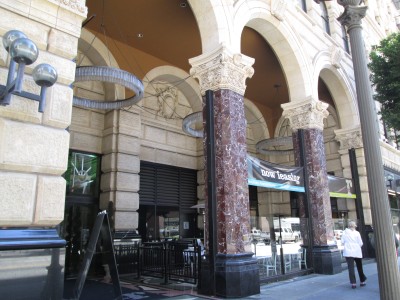
Roosevelt Building, 727 West Seventh (1927)
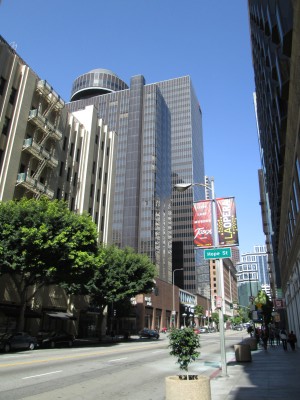
Broadway Plaza, 700 West Seventh (1973)
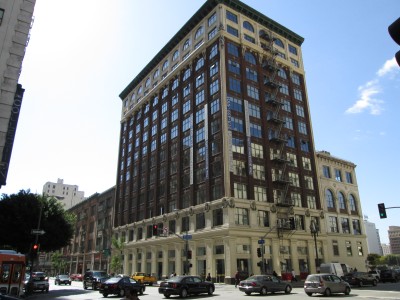
Brockman Building, 530 West Seventh (1912)
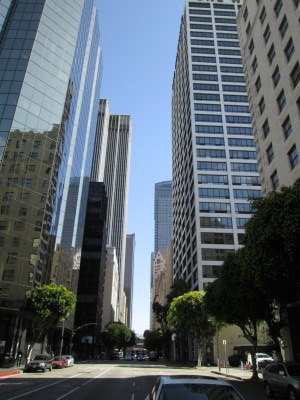
Looking north on Grand Avenue from Seventh Street

J.W. Robinson Company, 600 West Seventh (1915 / 1934)
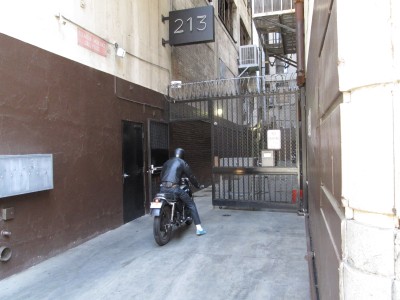
Alley, 505 West Seventh
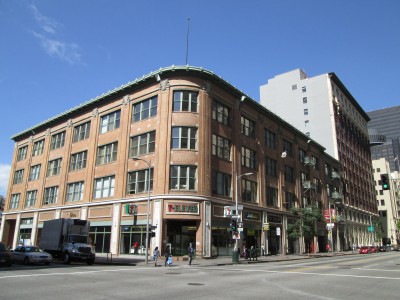
Coulter Dry Goods Company, 500 West Seventh (1917)
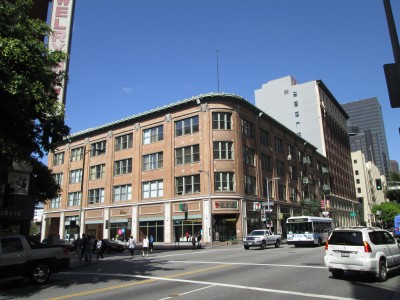
Seventh Street
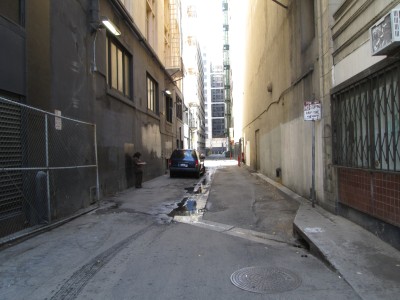
Alley, 411 West Seventh
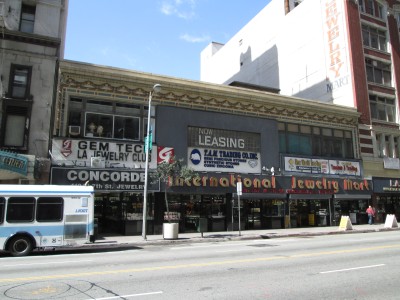
Huntsberger-Mennell Building, 412 West Seventh (1917)
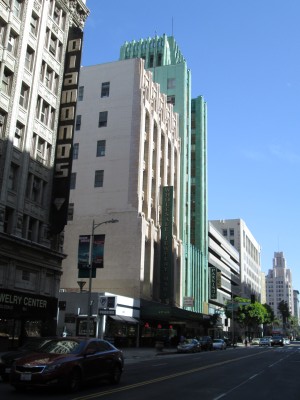
Seventh Street
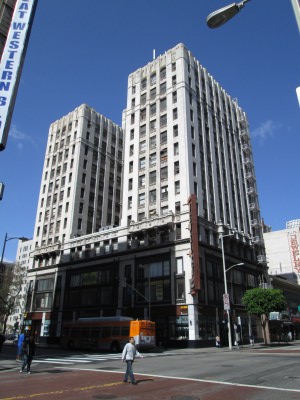
Foreman and Clark Building, 400 West Seventh (1928)
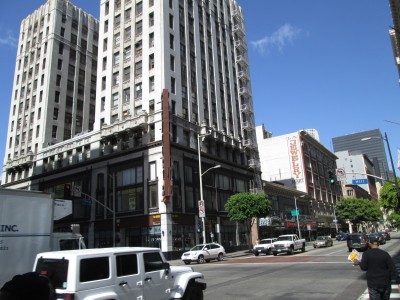
400 block of West Seventh, south side

Dunn-Williams Building / Sprckles Building, 714 West Seventh (1922)
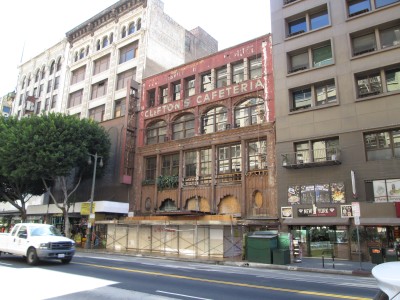
Clifton's Cafeteria, 648 South Broadway
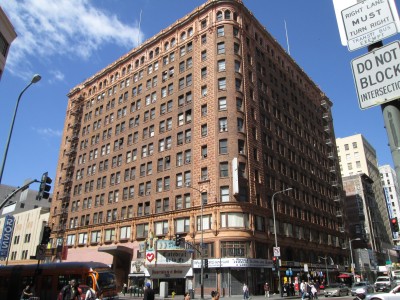
Loew's State Theatre, 300 West Seventh (1921)
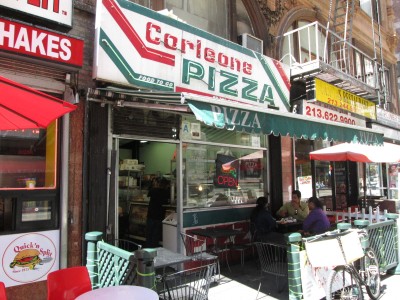
Corleone Pizza, 310 West Seventh
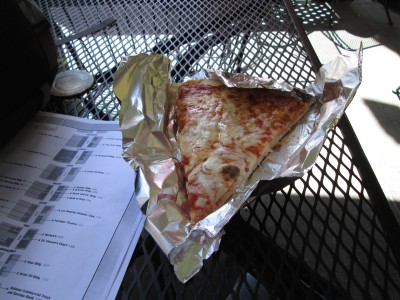
Corleone Pizza, 310 West Seventh
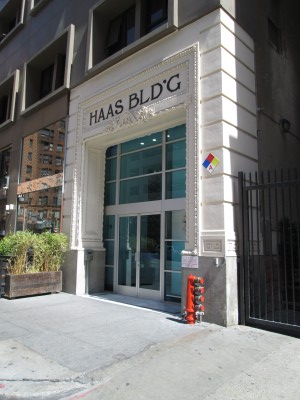
Haas Building, 219 West Seventh (1915 / 1970s)
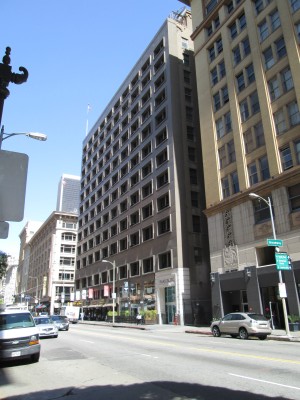
Haas Building, 219 West Seventh (1915 / 1970s)
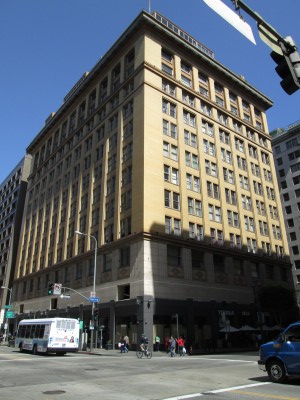
I.N. Van Nuys Building, 210 West Seventh (1911)
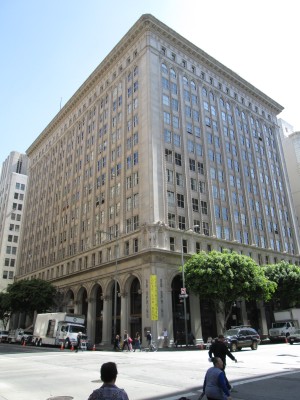
Hellman Commercial Trust and Savings Bank, 650 South Spring (1925)
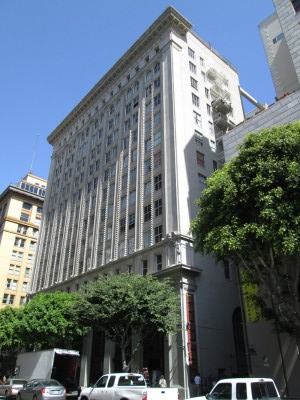
Hellman Commercial Trust and Savings Bank, 650 South Spring (1925)
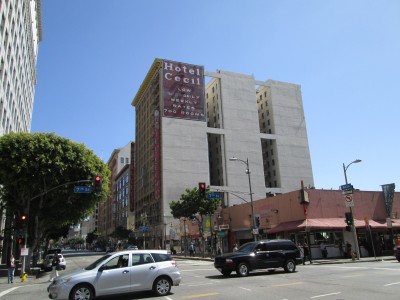
Hotel Cecil, 640 S. Main Street
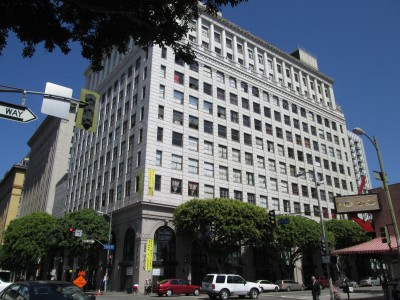
Board of Trade Building, 111 West Seventh (1926)
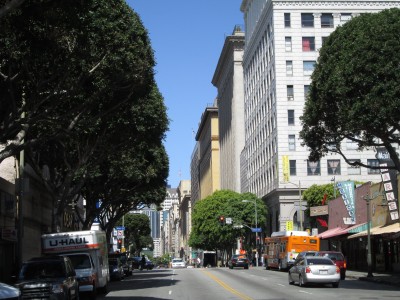
Looking west down Seventh Street from Main Street
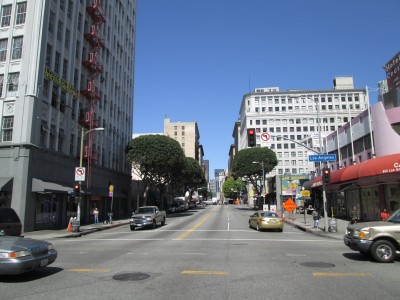
Looking west down Seventh Street from Los Angeles Street

Transportation Building, 122 East Seventh (1924)
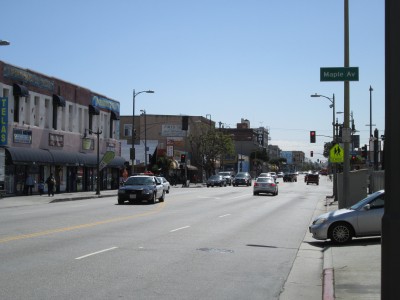
Looking east down Seventh Street away from downtown
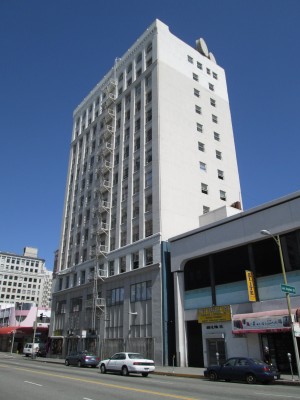
Builders' Exchange Building, 209 East Seventh (1925)
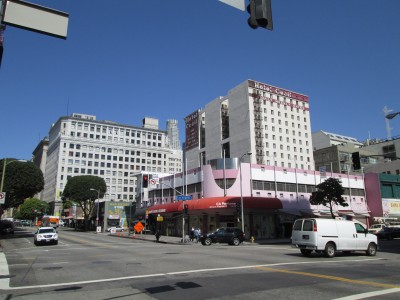
Seventh Street at Los Angeles Street, NW corner
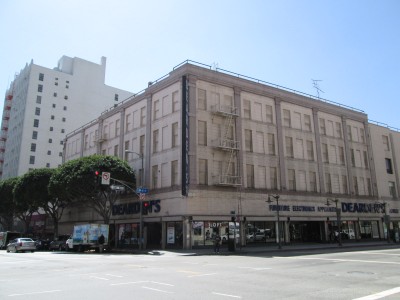
Heywood Brothers and Wakefield Company, 700 South Main (1899)